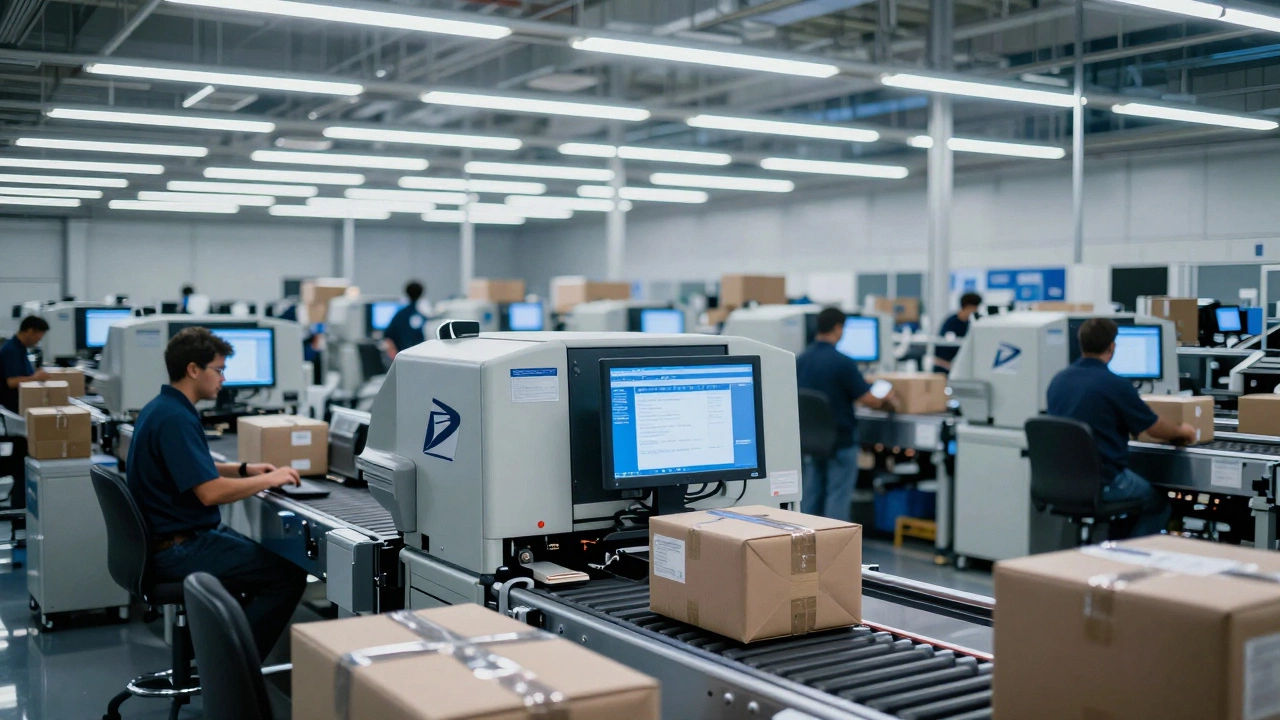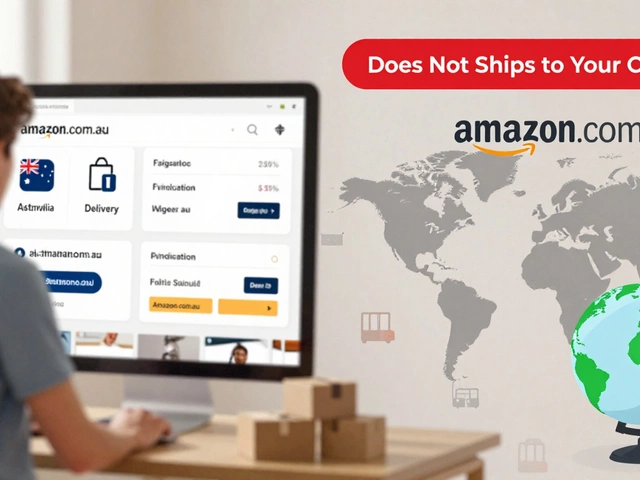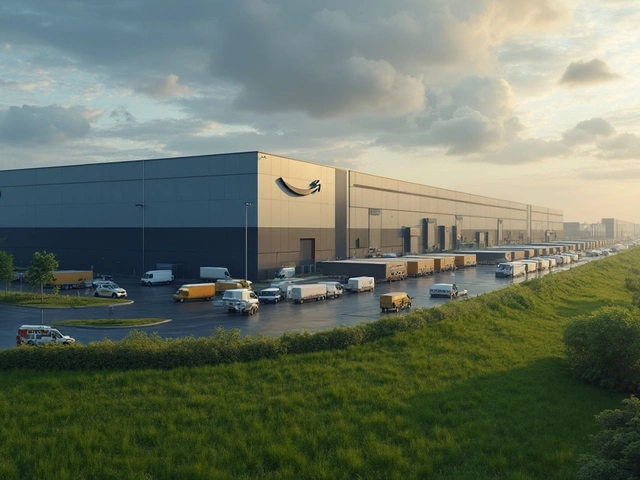Delivery Network Explained: How It Works & Why It Matters
Ever wondered why some parcels arrive the same day while others take forever? The answer usually lies in the delivery network behind the scenes. A delivery network is the web of warehouses, hubs, carriers, and routes that move a package from sender to doorstep. When the network is strong, you get faster, cheaper, and more reliable service. When it’s weak, delays and extra fees become the norm.
Think of the network as a team sport. Each player – the local depot, the long‑haul truck, the last‑mile courier – has a specific role. If one part drops the ball, the whole delivery suffers. That’s why companies invest heavily in mapping routes, adding new hubs, and partnering with reliable couriers. For you, the key is to understand what the network offers before you hand over a package.
What Makes Up a Delivery Network?
First, there are fulfilment centres. These are large warehouses where items are stored, packed, and pre‑sorted. A well‑located centre can cut travel distance by half, which means lower fuel costs and quicker delivery.
Next come regional hubs. They act as transfer points for shipments moving across longer distances. A package might travel from a local centre to a hub, then jump onto a cross‑country truck or train.
The last‑mile segment is the final stretch – the part that brings the parcel to the customer’s door. This is often the trickiest piece because it deals with traffic, narrow streets, and delivery windows. Companies use a mix of owned vans, third‑party couriers, and even bike messengers to nail this part.
Another vital piece is technology. Tracking systems, route‑optimisation software, and predictive analytics help the network stay fluid. When a road is closed or demand spikes, the system reroutes packages in real time, keeping the flow smooth.
Choosing the Right Network for Your Needs
If you’re a business looking for a shipping partner, start by mapping your core destinations. Do most of your orders go across the country, or are they local? A national carrier with a dense hub network works best for wide‑area reach. A regional courier might be cheaper and faster for city‑to‑city shipments.
Check the provider’s coverage map. Some networks claim nationwide service but exclude rural postcodes, leading to surprise surcharges. Look for clear information on cut‑off times and delivery windows – knowing when a carrier stops delivering can save you missed‑delivery headaches.
Ask about flexibility. During peak seasons, a network that can quickly add extra capacity (like temporary pop‑up hubs) will keep your customers happy. Also, find out if the carrier offers real‑time tracking. Being able to give your clients a live location link builds trust.
Finally, weigh cost against service level. The cheapest option might skip certain hubs, forcing your package onto slower routes. A slightly higher price for a network with more direct paths often results in faster delivery and fewer lost parcels.In short, a strong delivery network is the backbone of reliable shipping. By understanding the pieces – fulfilment centres, regional hubs, last‑mile couriers, and the tech that stitches them together – you can pick a partner that matches your speed, cost, and coverage needs. The right network means happy customers, fewer returns, and smoother business growth.
December 4, 2025
Evelyn Wescott
0 Comments
USPS handles more packages than FedEx and UPS combined. It uses advanced tracking, sorting centers, and integrates with e-commerce platforms. Is it a logistics company? The answer lies in what it does-not what it calls itself.
May 11, 2025
Evelyn Wescott
0 Comments
Amazon Logistics has exploded in size over the last few years, but how does it actually stack up against UPS? This article breaks down the size, reach, and technology powering each delivery giant. You'll learn how Amazon changed the game, what sets UPS apart, and which company handles more packages. The comparison dives into real-world numbers, network details, and what this means for businesses choosing a shipping solution. If you're curious about where logistics software fits in, we've got you covered.





